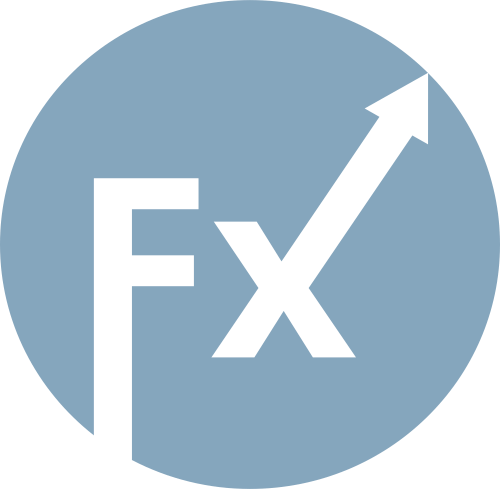

The slowdown in inflation in the United States turned out to be more significant than even the most optimistic forecasts, yet the situation in the currency market remained unchanged. Almost immediately after it was revealed that the consumer price growth rate had slowed from 2.9% to 2.5%, major media outlets began focusing on core inflation, particularly in its monthly measure rather than the annual one. Core inflation increased by 0.3%. Although the U.S. central bank never mentions this indicator and is thus largely insignificant, the media started claiming that the Federal Reserve will slowly lower interest rates because of core inflation. As a result, the media frenzy somewhat balanced out the actual data, leaving the market in its previous position.
Today, all eyes are on the European Central Bank's board meeting. The market has long been prepared for the refinancing rate to be lowered from 4.25% to 4.00%, so this fact will not affect investor sentiment. Everything will depend on the statements ECB President Christine Lagarde may make during the subsequent press conference, particularly regarding the central bank's future actions. The market is concerned only with the pace of monetary policy easing at least until the end of this year. If the head of the ECB announces even one more rate cut, it will substantially boost the U.S. dollar, allowing it to continue strengthening its position.
The EUR/USD pair reached the 1.1000 level during high volatility, but no significant changes occurred. The volume of short positions on the euro decreased again, leading to stagnation within the upper deviation of the psychological range of 1.1000/1.1050.
In the four-hour chart, the RSI technical indicator is moving in the lower 30/50 area, indicating bearish sentiment among market participants.
Regarding the Alligator indicator in the same time frame, the moving average lines point downwards, aligning with the price movement's direction.
For the next stage of decline, the price needs to stabilize below the 1.1000 mark. However, this will only shift the support level locally to the lower region of the psychological level. Until then, traders are likely to consider a scenario of stagnation or a price rebound from the psychological level. A significant increase in long positions on the euro is possible if the price stabilizes above the 1.1050 mark.
The complex indicator analysis points to a price rebound in the short term, while indicators focused on a downward cycle in the intraday period.

QUICK LINKS